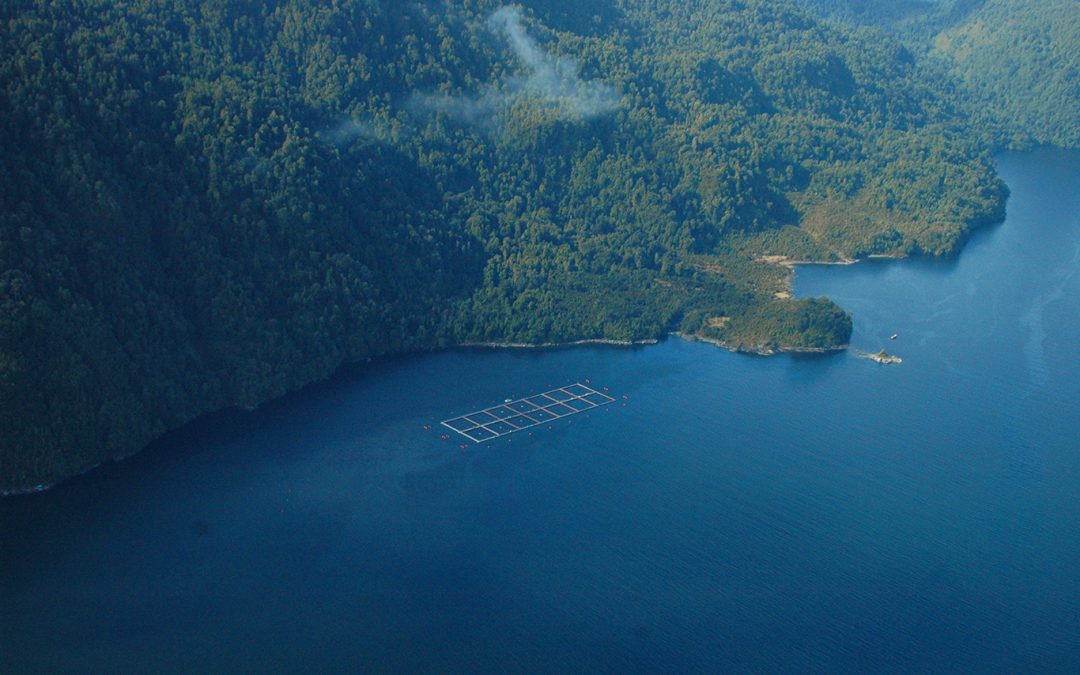The title of this column is also the title of a document - a research report that took us more than two years of work, with many setbacks, and with the experience of more than thirty years dedicated to the subject. Initially, the idea was two reports; the first, offered and made by specialists, on why salmon farms are not compatible with protected areas, and the second, on what happens in the maritorio of our region. As we only had part of the first report, we ended up integrating them into one. And to that one, we still plan to add some data and photos that we hope to collect soon. In other words, there is more to come.
The report, https://www.aisenreservadevida.cl/2024/12/09/salmoneras-en-areas-protegidas-de-la-region-de-aisen/The first objective of the report, , is to publicize, make transparent and evaluate the location and impacts of salmon farming concessions in the protected areas of the Aysén Region, considering environmental and regulatory aspects.
Second, identify and analyze the distribution, origin, concentration and control of concessions and their expiration and mortgage status. Third, identify and evaluate the effects of salmon farming on protected areas.
Thus, the report begins by describing the exceptional environmental, geographic, biological and ecosystemic context of the inland sea of Aisén and Magallanes, of which there is a great lack of knowledge, and then shows the different protected areas with official protection that are being intervened and affected by salmon farming, accompanied by a map of all of them and the concessions and areas suitable for aquaculture (AAA) installed there. In other words, there are several services, laws and international commitments that should have ensured that this did not happen, so one wonders how such a thing is possible.
Add to this a Zoning of the Coastal Border that even puts "preferential use" to protected areas and has not set the exclusion strips of national park borders required by the Law of Fisheries and Aquaculture. It then delves into the detail and history of the concessions (granted for 25 years!) located in national parks, with photographs of them. The report continues with a chapter on the ownership and users of the protected areas of Aisén and concessions and mortgages in these areas, asking whether the objective is to produce or speculate with the concessions. It ends by listing the effects and impacts of the salmon farms that make them incompatible with the objective of the protected areas. Here he highlights the information on the loss of 75% of the underwater biodiversity in the surrounding area in the space of ten years.
As for a summary of the figures shown in this document, there are a total of 1,409 salmon farming concessions granted in the Southern South Zone, of which 719, that is, 5,901 hectares, 51% of the total, are in Aisén. Of these, 49% are in protected areas (SNASPE) with 40% of the salmon harvested. In 2022, only 152 of these concessions were operating (23%), 73 of them in protected areas. 30% of the salmon farms showed overproduction, 32.8% were anaerobic (51% recidivists) causing serious environmental damage. 272 were expiring (37.2%), of which approximately 40% were in protected areas and 112 were pending (possibly due to mortgages). A total of 643 concessions are mortgaged in millions of dollars (42.3% of the total, 277 in Aisén (42.3%). Holding has been concentrated, mainly in the Agrosuper group (223 concessions) and "7 families" (80). 42.6% of the concessions are in the hands of foreign transnationals (307), of which 104 belong to MOWI, the largest salmon company in the world (Norway). It is also stated that it is difficult to obtain accurate information and figures due to lack of transparency, non-existence, erroneous official sources and corporate "promiscuity".
The report is also critical of the state's institutional management, which has not respected the international conventions endorsed by Chile, nor does it respect or enforce the law, in which several examples are given, or rather, it functions as a funnel in favor of a powerful business sector, which has been called "the Salmon State".
